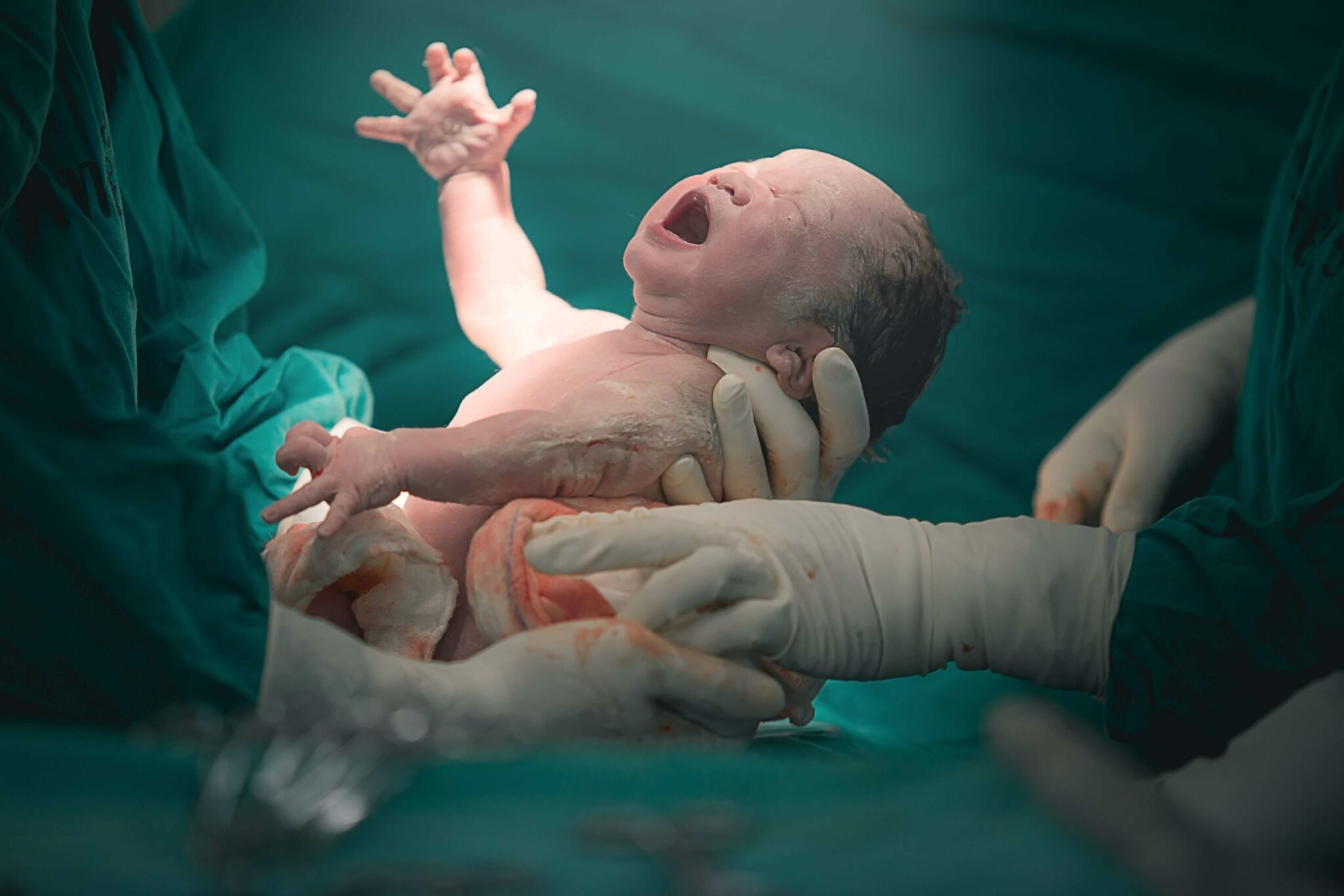Is Caesarean Considered a Better Choice?


Worldwide, 15% of births occur via caesarean section (C-section) and in developed countries this figure is rising. However, is it always the ‘better choice’? The answer to this is probably no, although in some cases a C-section is essential for the well-being of the mother and child.
Types of C-section
A C-section can be planned (elective) or emergency. Elective C-sections are undertaken for a number of reasons, both medical and non-medical. If your baby is breech, or you have a low-lying placenta, your doctor might recommend a C-section. Likewise, if you are diagnosed with preeclampsia or have an existing medical condition, a planned C-section may be the preferred option. Severe anxiety about the birth, or a previous negative birthing experience, might result in a woman requesting a C-section without any medical justification for the surgery. Regardless of reason, a planned C-section is certainly preferable to an emergency one, which is usually carried out if the mother is at risk, or if the baby goes into a state of foetal distress.
Recovering from a C-section
C-sections will normally require a longer recovery period than natural births, with more time in hospital and driving restrictions for at least 6 weeks post-surgery. Scarring, which will fade over time, is normal. As with any surgical procedure, there is the chance of complications, such as wound infection, blood clots and excessive bleeding.
In terms of finances, C-sections can be twice as costly as routine vaginal births, and this may be higher if there are complications to the surgery.
Caesarean delivery has been suggested as a risk factor for certain conditions, including asthma, allergies and autoimmunity. However, these associations are yet to be fully substantiated. It is thought that an altered microbiome might make babies born via C-section slightly more vulnerable and that the physical demands of labour might be required for full maturation of the lungs.
The importance of making a balanced decision
It is important to discuss everything thoroughly with your obstetrician. They will be able to talk you through the risks and benefits of undergoing a C-section compared to a vaginal birth. They will assess your personal situation and medical history to see if a C-section is warranted and discuss with you any concerns or questions you might have.
Nabta is reshaping women’s healthcare. We support women with their personal health journeys, from everyday wellbeing to the uniquely female experiences of fertility, pregnancy, and menopause.
Get in touch if you have any questions about this article or any aspect of women’s health. We’re here for you.
Sources:
- Betrán, A P, et al. “Rates of Caesarean Section: Analysis of Global, Regional and National Estimates.” Paediatric and Perinatal Epidemiology, vol. 21, no. 2, Mar. 2007, pp. 98–113., doi: 10.1111/j.1365-3016.2007.00786.x
- Hansen, A K, et al. “BMJ (Clinical Research Ed.).” Risk of Respiratory Morbidity in Term Infants Delivered by Elective Caesarean Section: Cohort Study, vol. 336, 12 Jan. 2008, pp. 85–87., doi:10.1136/bmj.39405.539282.BE
- Overview: Caesarean Section. NHS, www.nhs.uk/conditions/caesarean-section/.
- Kristensen, K, et al. “Cesarean Section and Disease Associated with Immune Function”. Journal Of Allergy and Clinical Immunology, vol. 137, Feb. 2016, doi: 10.1016/j.jaci.2015.07.040










































